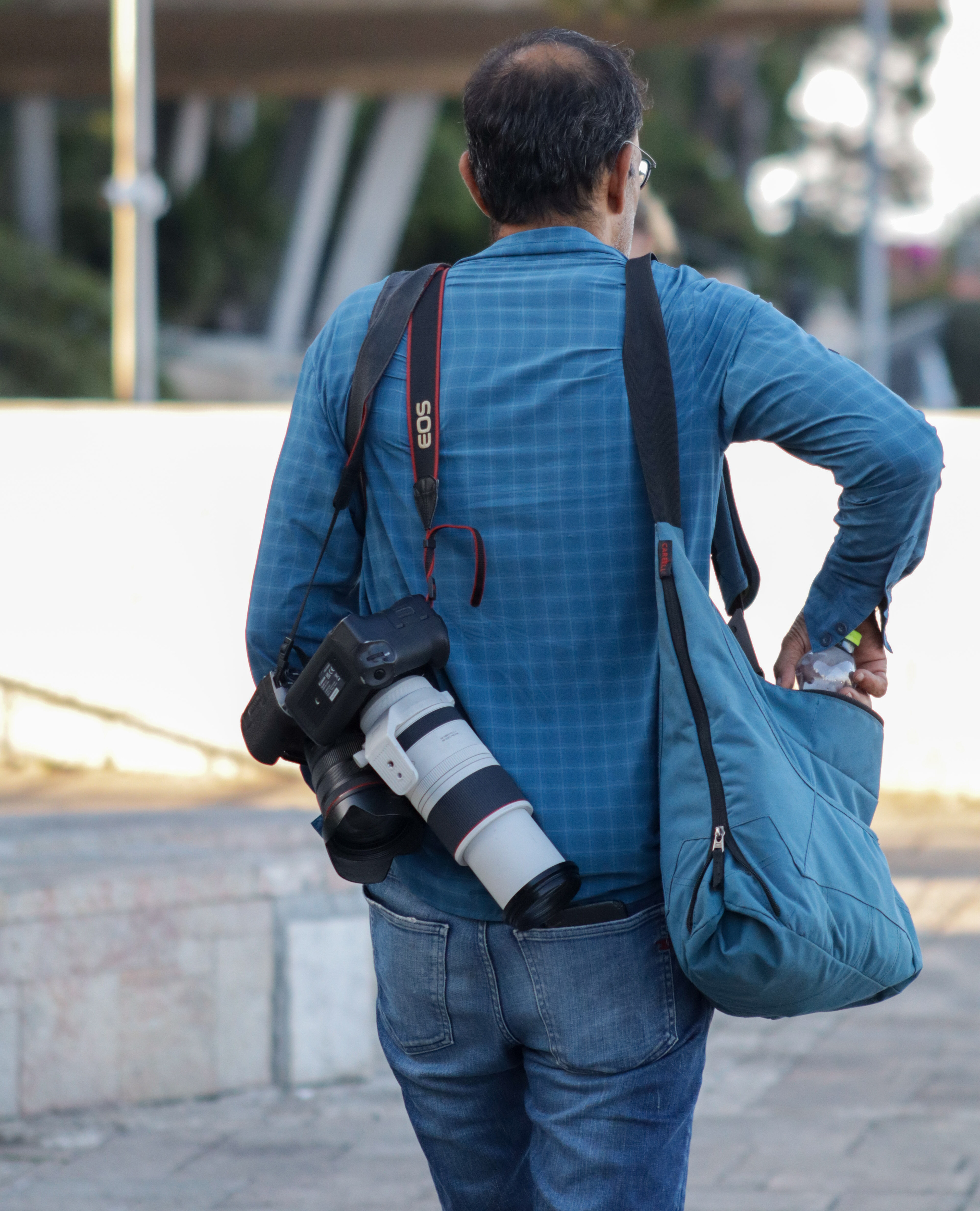How Not to Get Lost in the Exposure Triangle
Mastering the art of photography requires not only an eye for composition but also a deep understanding of the technical intricacies that form the backbone of this craft. While creativity breathes life into a photo, the technical skills provide the clarity and control needed to bring that vision to fruition. This post will delve into some essential technical elements every photographer should know to elevate their work, whether they’re just beginning or refining an established skillset.

One of the foundational concepts in photography is understanding the exposure triangle: the balance between aperture, shutter speed, and ISO. These three elements control how much light reaches your camera’s sensor and directly affect the final look of your image. Aperture, measured in f-stops, not only determines the amount of light entering the lens but also influences depth of field. A wide aperture (e.g., f/1.8) creates a shallow depth of field, perfect for isolating subjects with a creamy, blurred background. On the other hand, a narrow aperture (e.g., f/16) sharpens the focus throughout the frame, making it ideal for landscape shots where detail is crucial from foreground to background.
Shutter speed is another critical aspect to master, as it dictates how motion is captured. A fast shutter speed (e.g., 1/1000s) freezes action, ideal for sports or wildlife photography where movement needs to be crisp. Slower shutter speeds (e.g., 1/30s or slower) introduce motion blur, which can artistically capture the feeling of movement, such as the fluidity of a waterfall or the streaks of car lights on a city street. However, slow shutter speeds require careful handling or stabilization with a tripod to avoid unwanted camera shake.
ISO, the third point of the exposure triangle, adjusts the sensor’s sensitivity to light. Lower ISOs (e.g., 100-200) produce images with less digital noise, ensuring cleaner and more detailed results, especially in well-lit conditions. Higher ISOs (e.g., 1600 and above) allow for shooting in low light but at the expense of increased noise, which can degrade image quality. Modern cameras have improved noise reduction capabilities, but knowing how far you can push your camera’s ISO while maintaining image integrity is essential for any serious photographer.
Understanding metering modes is another technical skill that can significantly impact your photography. Cameras offer several metering modes, such as evaluative/matrix, center-weighted, and spot metering, each designed to read light differently. Evaluative metering analyzes the entire scene and calculates exposure based on the overall light distribution, making it versatile for general use. Center-weighted metering prioritizes the center of the frame, which is beneficial for portraits where the subject’s face should be correctly exposed. Spot metering, on the other hand, reads light from a very small area of the frame, allowing precise exposure control for high-contrast scenes or when focusing on specific subjects.
White balance is another often overlooked yet critical setting. White balance adjusts the color temperature of your images and can make the difference between a photo that feels natural and one that appears overly warm or cold. While automatic white balance (AWB) works well in most situations, manually selecting a setting or fine-tuning the color temperature can be the key to achieving the precise look you want, especially in challenging lighting conditions like mixed indoor and outdoor light.
Lastly, post-processing is an essential skill that complements technical expertise behind the lens. Programs like Adobe Lightroom and Photoshop offer powerful tools to enhance your images further, whether through correcting exposure, adjusting colors, or fine-tuning details. The key is to maintain a balance where post-processing enhances without overdoing it to the point where the image feels unnatural. Techniques such as dodge and burn, localized sharpening, and subtle vignettes can guide the viewer’s eye and add depth to a photo.
Photography is a balance of art and science. The more comfortable you are with the technical aspects—aperture, shutter speed, ISO, metering, white balance, and post-processing—the more freedom you have to focus on your creative vision. Mastery of these technical elements allows you to adapt to different shooting scenarios, ensuring that your artistic intent is faithfully translated into each shot.